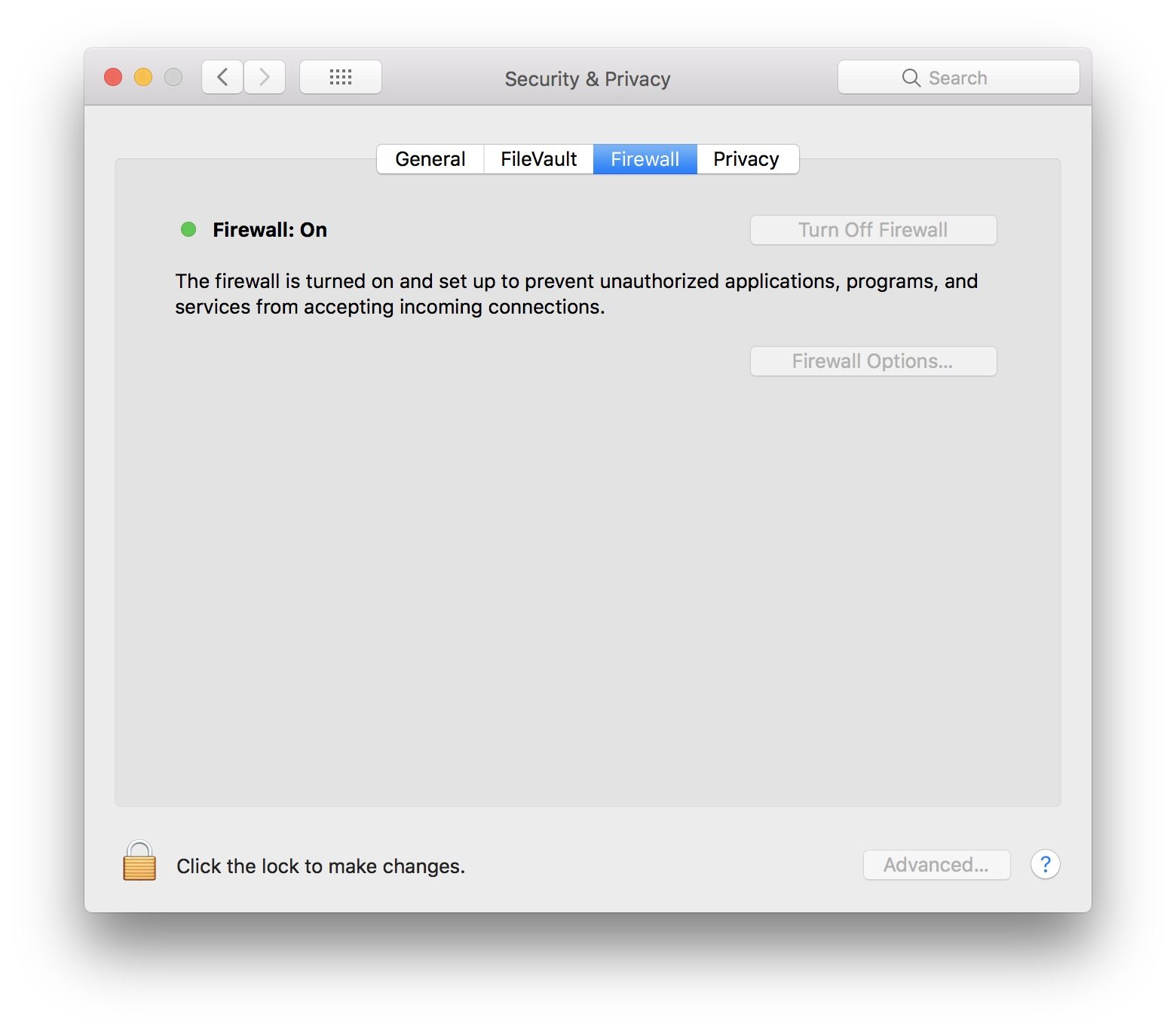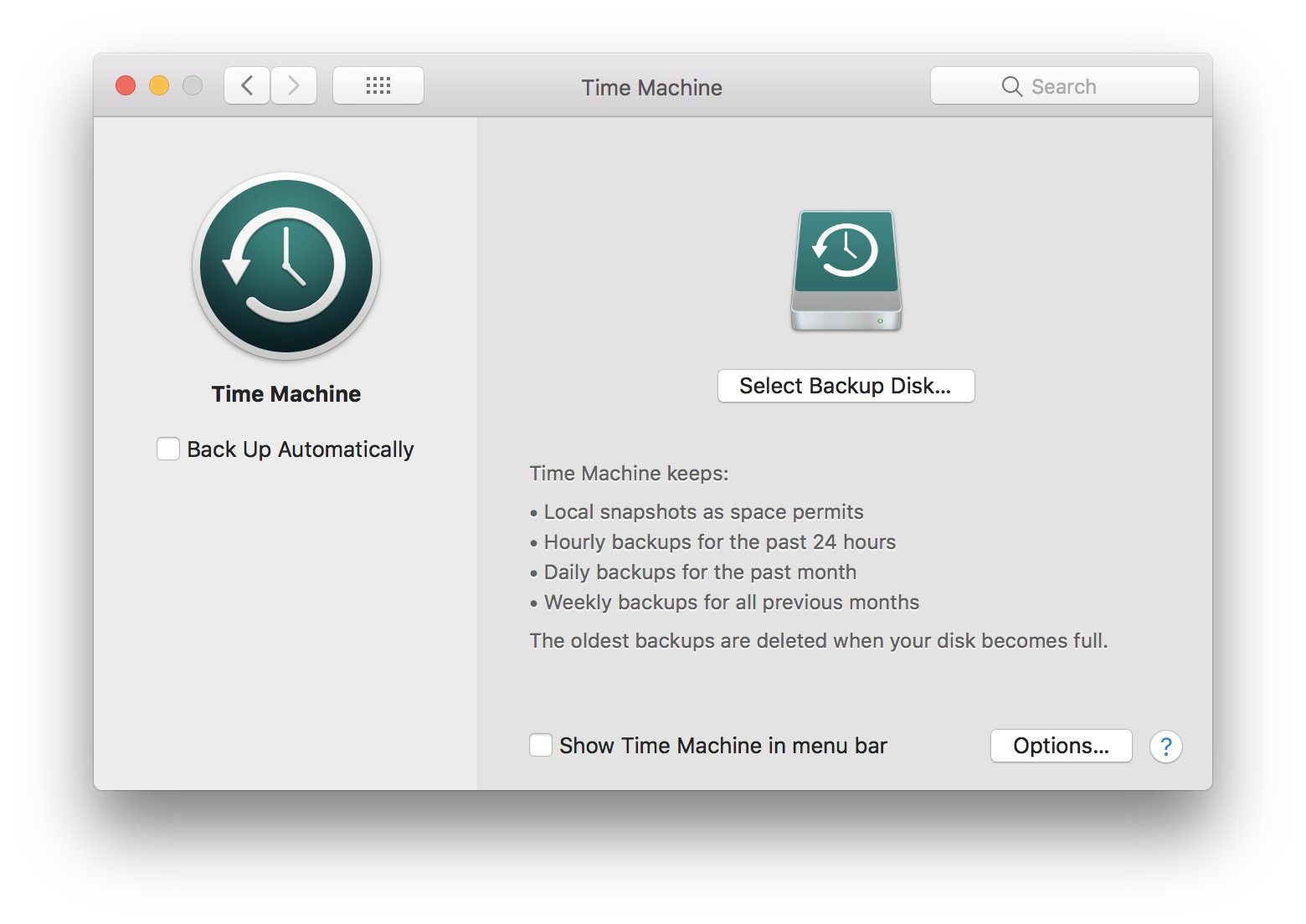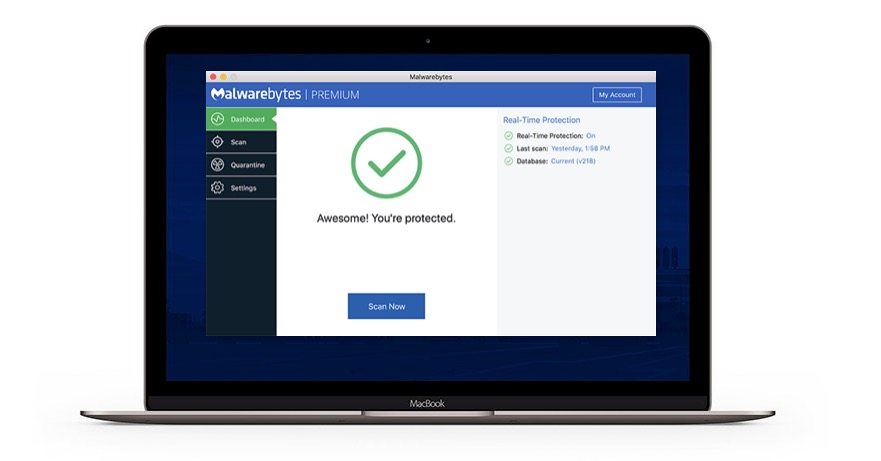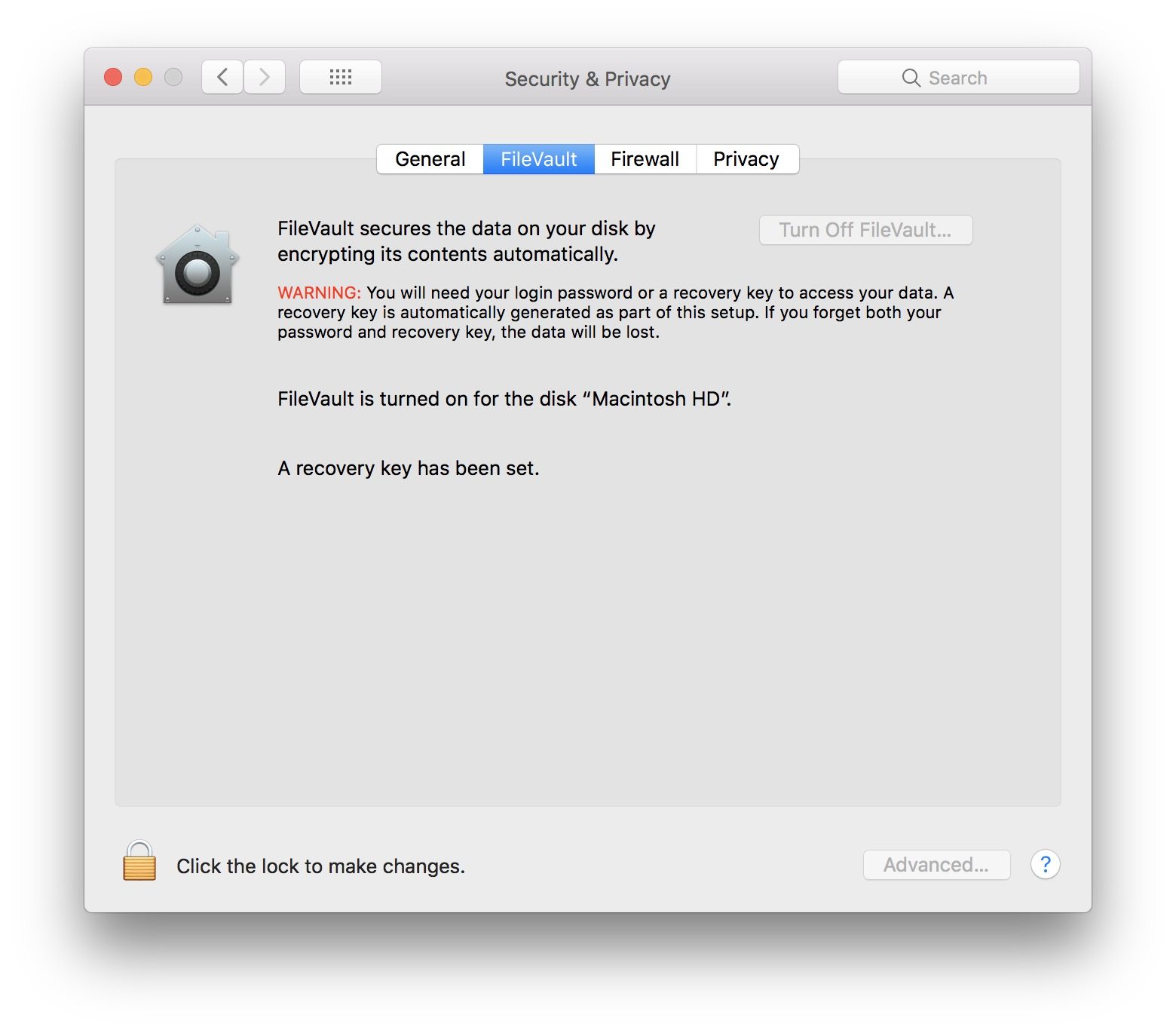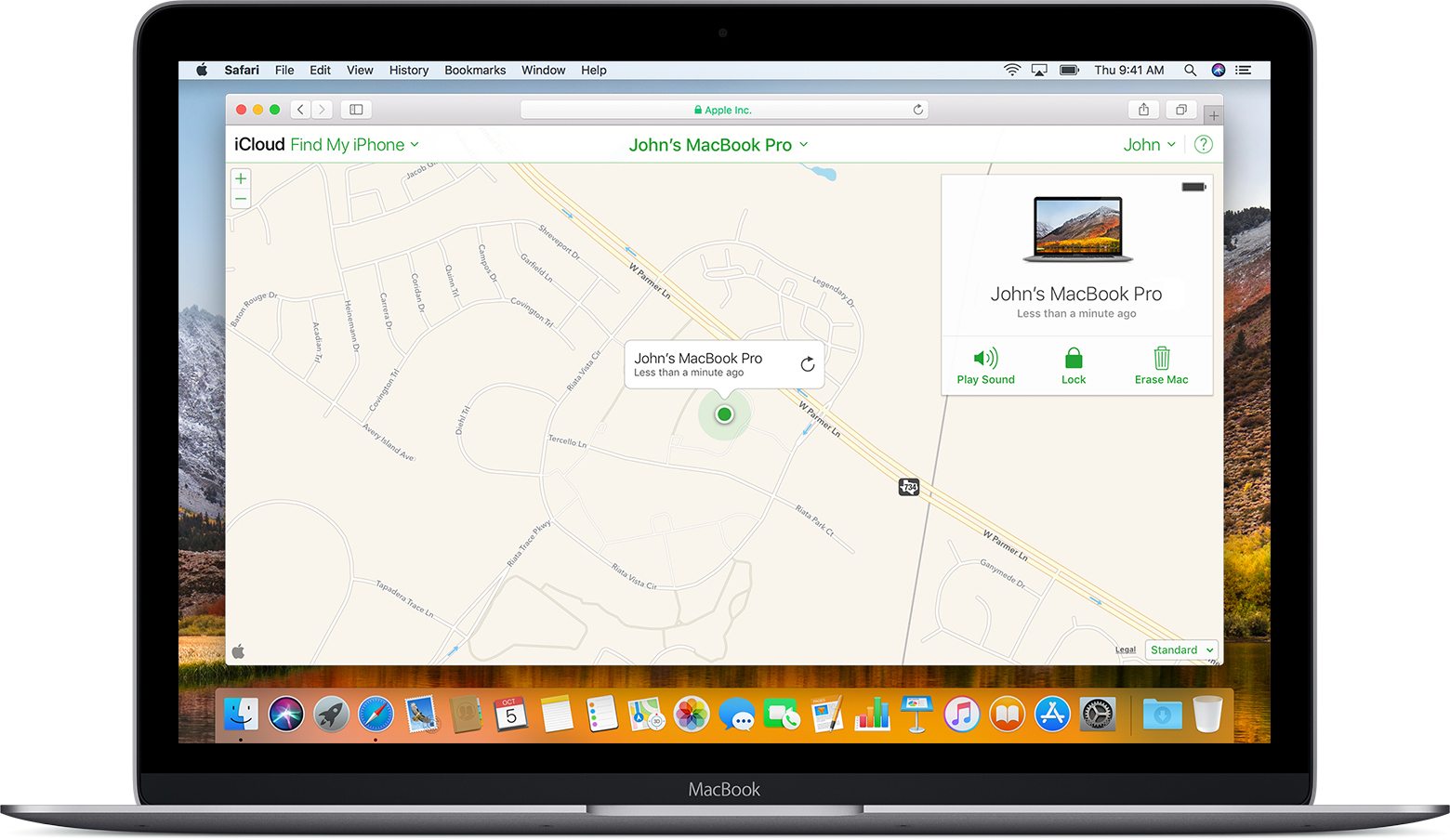11 Easy Ways to Improve Your Mac’s Privacy and Security Now
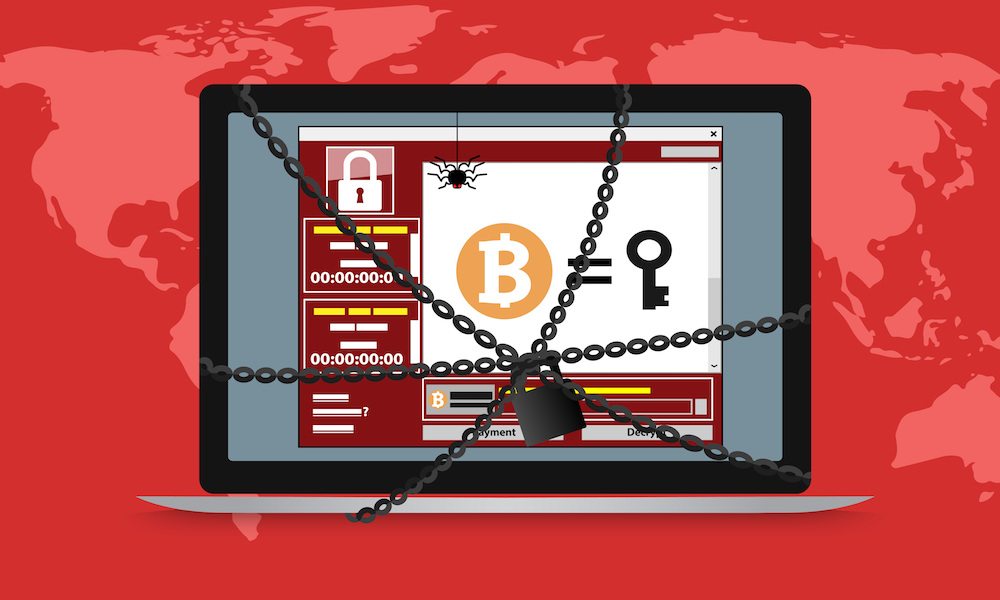
It’s probably not a stretch to say that we live in a time when consumers are increasingly concerned about their digital privacy and security. If you’re among them, we completely understand.
Luckily, Apple’s products already have a reputation for being relatively private and secure. For most Mac users, the default settings will probably work just fine. But if you’re particularly concerned about these issues, here are 11 tips, products and features that’ll seriously boost your Mac’s privacy and security.
11 Enable Firewall & Stealth Mode
Apple computers have a built-in firewall that can help block malicious connections. It certainly isn’t perfect, but you should be using it anyway.
It’s typically enabled by default, but you should navigate to System Preferences > Security & Privacy and make sure it’s on (click on the Firewall tab).
Click on Firewall Options and you can also tweak the individual apps and services which can receive inbound connections.
Additionally, there’s a feature called Stealth Mode here. Essentially, it’ll help to shield your Mac from view when you are connected to public Wi-Fi networks.
10 Encrypt Your Backup Method
If you have data, documents or files that are particularly sensitive, you can never be too careful about handling them. That’s especially true if you need to regularly back up these documents or files.
You can encrypt a new Time Machine drive by selecting Encrypt backups while in System Preferences > Time Machine. (To encrypt an existing one, you'll need to erase it and set it up as a new, encrypted drive.)
But if you’re working with a smaller amount of sensitive data, you might consider a more portable option like this 16GB encrypted flash drive. It sports military-grade, AES 256-bit encryption that’ll keep your most private files secure. Best of all, it fits easily into any pocket or bag — so you can always have it on you when you need it.
9 Consider a Virus Scanner
Macs are not as prone to computer viruses as Windows PCs, for a variety of reasons. But that doesn’t mean that Mac malware isn’t out there. Whether or not a macOS virus scanner is essential is still undecided among Mac owners — but we still think it can help.
An option like Malwarebytes is a good and free choice. It doesn’t even need to be on consistently (which can slow down your Mac). Just try to start up the app and scan your computer every now and then to make sure that it’s free from adware, malware and other unwanted malicious programs.
8 Use FileVault
Depending on your circumstances, you may need to protect the files and data on your Mac with more than just a root password. Apple knows this — and that’s why it offers a powerful yet completely free security feature that’s baked into macOS.
That feature is called FileVault. It’s full-disk encryption for your Mac. While you can certainly delve into the technicalities of it, the end result is that it will be much, much harder for attackers to try and access your data. You can enable it in System Preferences > Security & Privacy.
Note: If you opt to use FileVault, make sure you set a secure password and recovery key — and DO NOT lose them. If you lose either one, you will completely lose access to your data.
7 Make Sure Find My Mac is Enabled
If the unthinkable happens and your Mac is lost or stolen, Apple’s Find My Mac feature can help you get it back. You can enable the security measure by opening System Preferences, selecting iCloud and toggling Find My Mac on.
When enabled, it allows you to track your Mac’s last known location via Apple device or browser (at iCloud.com). Just make sure that all of your Apple devices are on a single Apple ID, preferably yours, so you can see your entire device ecosystem at once.
6 Use Browser-Based Privacy Features
Safari has a number of built-in privacy and security settings, including several new ones that were added in macOS High Sierra.
- You can access and enable these settings in Safari by going to Safari > Preferences. In the Privacy or Security menus, you'll find options to restrict cross-site tracking and block cookies, among others.
- If you’re a Chrome user, you can access a similar suite of settings by clicking on the three-dot menu icon. From then, go to Settings > Advanced and look under the Privacy and security heading.
Whether you use Chrome or Safari, we recommend enabling as many privacy and security settings as possible (unless they seriously conflict with your routine browser usage, which they shouldn’t).
5 Update Your Software Regularly
Apple regularly issues new versions of macOS that contain critical security updates. These updates patch vulnerabilities, which keeps your computer safe. It goes without saying that we strongly recommend you keep up and update your Mac computer on the regular.
Take the recent discovery of hardware-level security vulnerabilities like Spectre and Meltdown. Apple has since released macOS updates that mitigate the risks involved with these — but you’ll only be protected if you actually download and use the latest software on your Mac.
To check for and download updates, open the App Store on your Mac and click on the Updates tab.
4 Take Advantage of Keychain
You should be using strong, unique passwords for each of your online services, financial institutions, and other user accounts. But it can get tricky to keep track of all of these individual passwords, which is why a password manager is an indispensable tool.
You might not know that Mac devices actually have a password manager baked into them. It’s called Keychain, and it actually works extremely well for being a lightweight and free piece of software. You can find Keychain Access in the Launchpad, or by searching for it in Spotlight.
On a similar note, be sure to use a strong password for any user accounts on your Mac with administrator-level access.
3 Download and Use a VPN
We’ve written extensively about how VPN software is quickly becoming an essential tool for iPhone users — and that rings true for Mac users, too. You can read more about them here, but they basically protect your data from attackers and allow you to browse anonymously.
There is a slew of good VPN options available online. But if you need help narrowing them down, here are some excellent choices with various subscription plans available.
- NordVPN: 2-Year Subscription
- HideMyAss!: 2-Year Subscription
- VPN Unlimited: Lifetime Subscription
- VPNSecure: Lifetime Subscription
- TigerVPN: Lifetime Subscription
2 Be Mindful of Downloads & Apps
Cybercriminals have a plethora of sophisticated tools and tactics they can use to attack you. You can make it harder for them to do so by following some simple tips:
- Don’t click email links from people you don’t know.
- Be wary of apps and software unless you can verify that the developer is legitimate.
macOS has a built-in feature called Gatekeeper that can help with some of these tasks. It basically blocks the installation process for apps that don’t come from the Mac App Store. If you must download an app from a third-party website, be sure to check the developer’s credentials before proceeding.
1 Check Up on App Settings
It’s smart to routinely perform a check of which apps have access to certain features on your Mac. For one, we recommend being generally cautious about the apps you download in the first place (as we explained in the previous slide). You can tweak these settings in System Preferences > Security & Privacy >Privacy
Here you can see which third-party apps have access to your location or able to control you computer, for example. You can also check which third-party apps have access to other Mac or Apple ID data, such as your Contacts, Calendars, Photos or Analytics.

